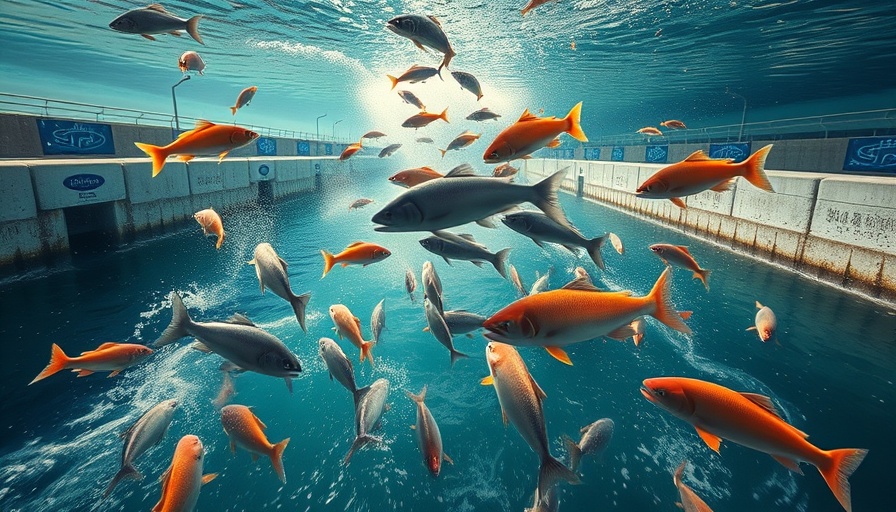
Harnessing Genetics: A Game Changer for Crab Disease Detection
The National Oceanic and Atmospheric Administration (NOAA) has implemented innovative genetic techniques to detect bitter crab disease much earlier than traditional methods. This breakthrough is vital for crab populations, offering a strategy not only to preserve biodiversity but also to safeguard the economic interests of fisheries dependent on these crustaceans.
Why Early Detection Matters
Understanding the implications of early detection is crucial for the seafood industry. Bitter crab disease, caused by a parasitic agent, can devastate crab populations if not addressed promptly. With the ability to identify infected individuals quickly, fishery managers can enact measures to prevent a widespread outbreak. This capability is not a mere advantage but a necessity to uphold both ecological balance and economic stability.
Comparative Insights: How Genetic Methods Surpass Traditional Approaches
Traditional detection methods often rely on visual symptoms that may not appear until the disease has significantly progressed. In contrast, genetic testing can identify infections long before external symptoms manifest. This proactive approach not only aids in preserving crab stocks but also reduces the economic losses associated with belated responses.
A Broader Perspective: Implications for Aquaculture
The achievements of NOAA in applying genetic techniques open doors for similar advancements in aquaculture. Industries seeking to enhance disease management protocols across various seafood species can draw on these findings. As the global demand for seafood continues to rise, early disease detection will be key to sustainable practices that protect both marine ecosystems and commercial viability.
The Future of Seafood Management
Moving forward, the integration of genetic testing in monitoring crab diseases could set a precedent for industry standards. Successful implementation could foster further research and development, aimed at addressing other pressing health issues in marine life. Ultimately, the seafood community must stay engaged with these advancements to embrace innovative strategies to ensure a thriving future.
 Add Row
Add Row  Add Element
Add Element 



 Add Row
Add Row  Add
Add 
Write A Comment